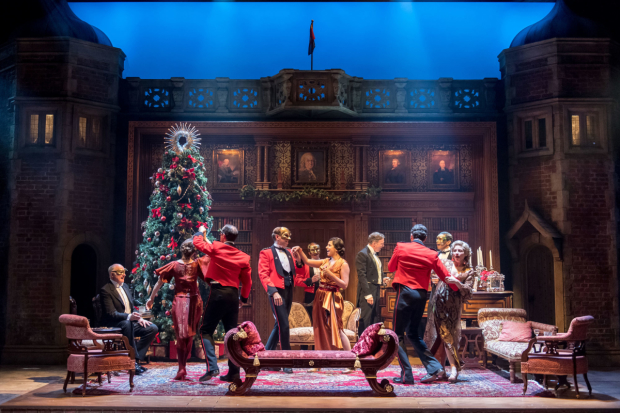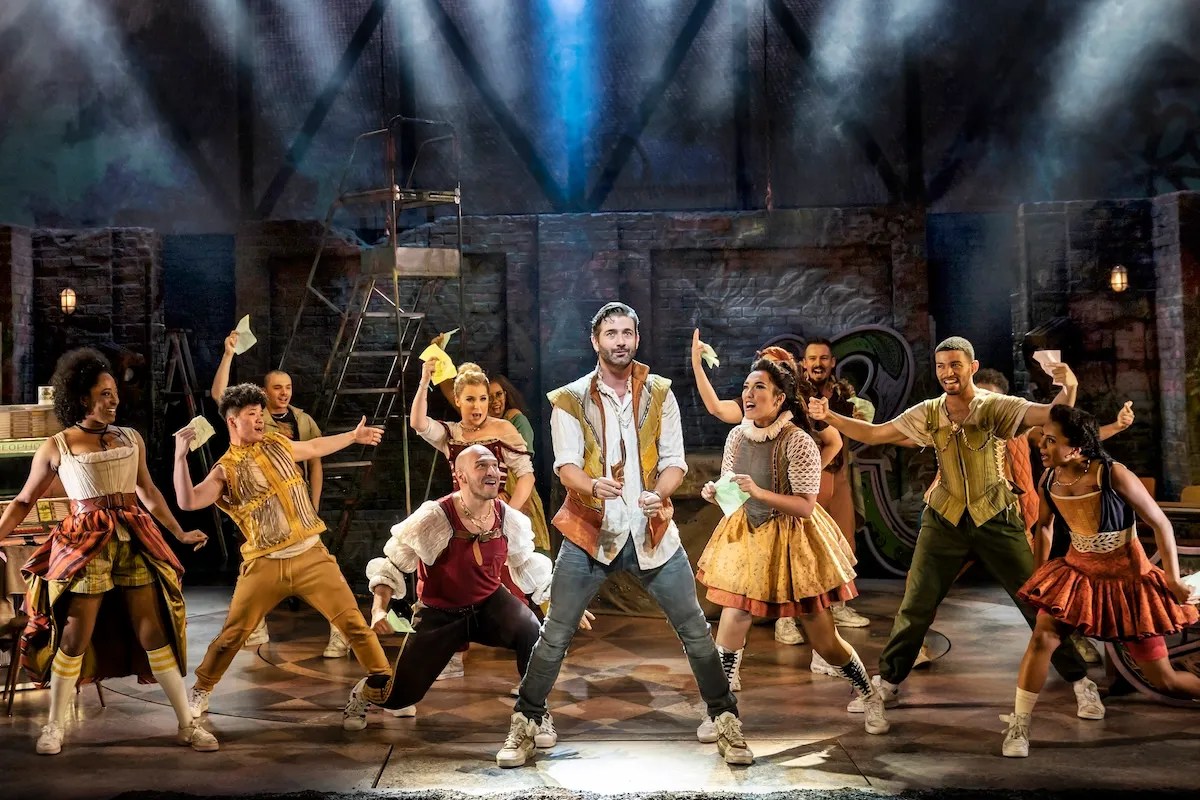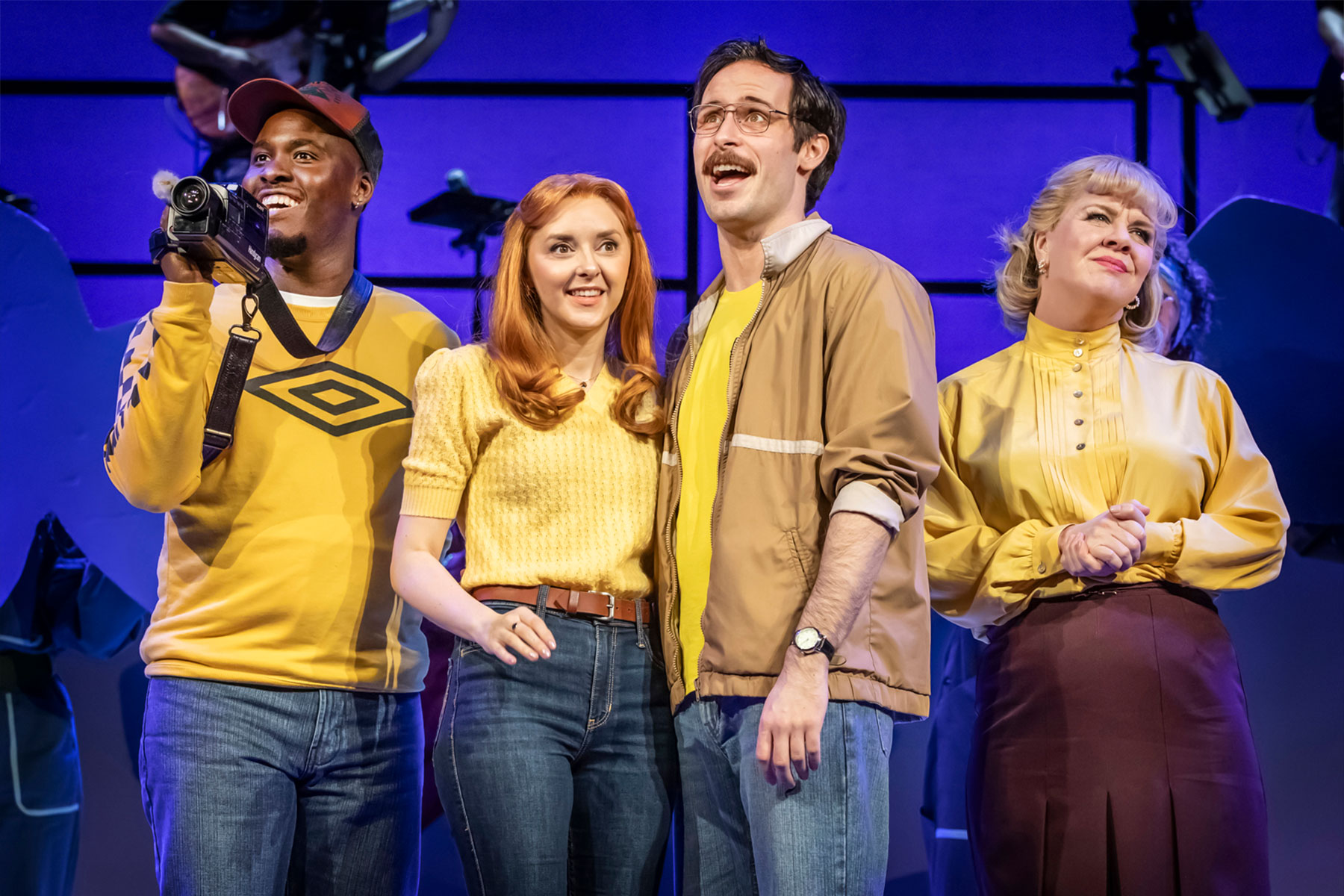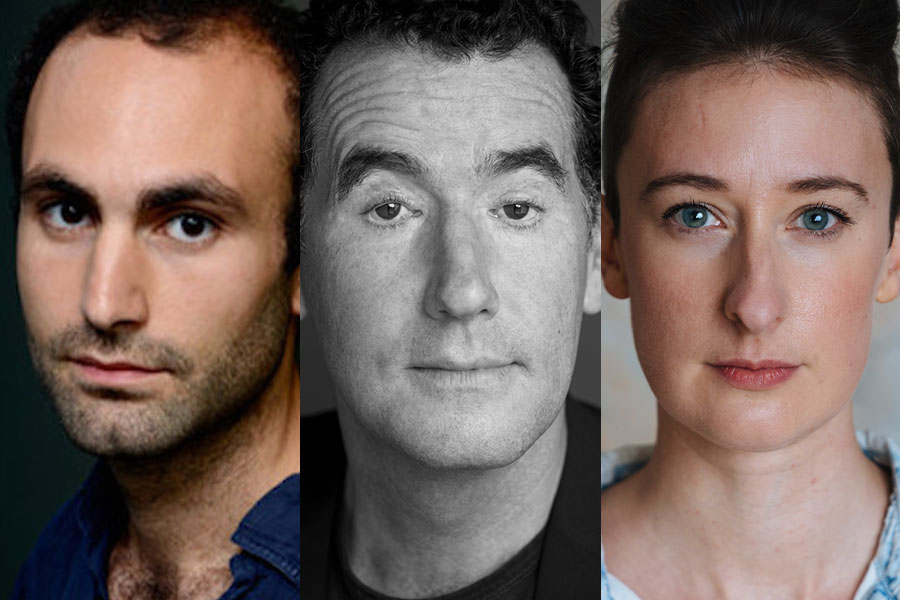Let's Talk About Sets: Simon Higlett on Love's Labour's Lost and Much Ado About Nothing
One Sunday morning, out of the blue, I had a phone call from Christopher Luscombe. He had been invited by the RSC’s Artistic Director, Gregory Doran, to direct Love's Labour's Lost and Much Ado About Nothing in a double bill. I put the phone down and said to my wife "I think I have just agreed to two Shakespeares!"
Greg had a hunch the two plays belonged together, with sparring lovers separated at the end of Love’s Labour’s Lost and reunited in Much Ado (which may even have been known as Love’s Labour’s Won originally). Chris wanted to relocate the action to either side of the First World War, with a glorious Edwardian summer for Love's and a post-war winter for Much Ado. The same company of actors and a country house setting for both plays would reflect the matching themes and characters.
He also wanted a real location to ground it in. We looked at various places and then went to Charlecote Park, an Elizabethan house (now a National Trust property) near Stratford-upon-Avon – and realised it was the perfect setting for what we wanted to do. Shakespeare would have known the distinctive Elizabethan silhouette of the façade; there’s a legend he was caught poaching there. But the house was largely remodelled in the 19th century, so we could believe in an Edwardian family living there too.
Charlecote inspired so many ideas. It has a very large gatehouse which was perfect to accommodate the French ladies barred from the house in Love’s Labour’s Lost. There’s a library (with an inscription above the fireplace: "Live to Learn, Learn to Live" that could have come from the play), and a nearby church for Hero and Claudio’s marriage in Much Ado. There’s also a magnificent rooftop, where we set the scene in Love’s Labour’s where the lords are overheard with their secret love-letters.
The costumes reflect the enormous changes in the role of women over that period. In 1914 we still have the Edwardian influence – very beautiful and romantic. After the First World War, though, when women had worked in munitions factories and had begun to get the vote, we could put characters like Beatrice in far more daring clothes to reflect the huge change in society.
To make it as real as possible, I put a great deal of detail into the model box. I wanted all the makers at Stratford to be able to refer to it and was delighted with the result. It’s one of the most successful translations I’ve ever witnessed, from model box to reality on stage.
We had an incredibly happy time doing the shows at Stratford so it’s wonderful that the production is now having a further life at Chichester and then in Manchester and the West End. It’s great to revisit something that was a success because you know it works, but we are definitely trying to reinvent it too. We can be more analytical about why it was a success, and how we might make things work even better.
By Simon Higlett
Love's Labour's Lost and Much Ado About Nothing are at Chichester Festival Theatre until 29 October; at Manchester Opera House, 23 November to 3 December; and at the Theatre Royal, Haymarket 9 December 2016 to 18 March 2017.











